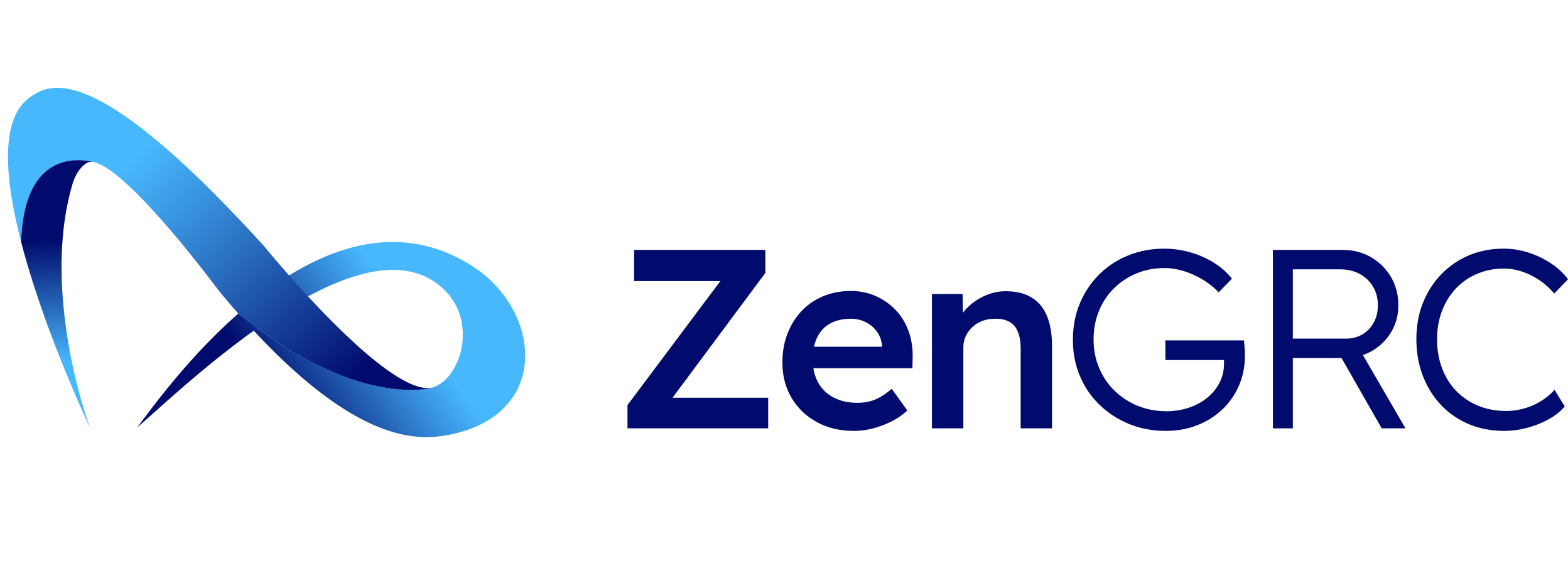Blog
Page 6 of 152
What is Continuous Auditing?
Many security and compliance professionals hear “continuous monitoring” as part of their information security process and grasp the term’s meaning – but “continuous auditing” may feel redundant or confusing. That’s unfortunate. Understanding how continuous auditing fits into a security-first approach to cybersecurity helps protect the integrity of your data and prove the strength of your controls work. This post […]
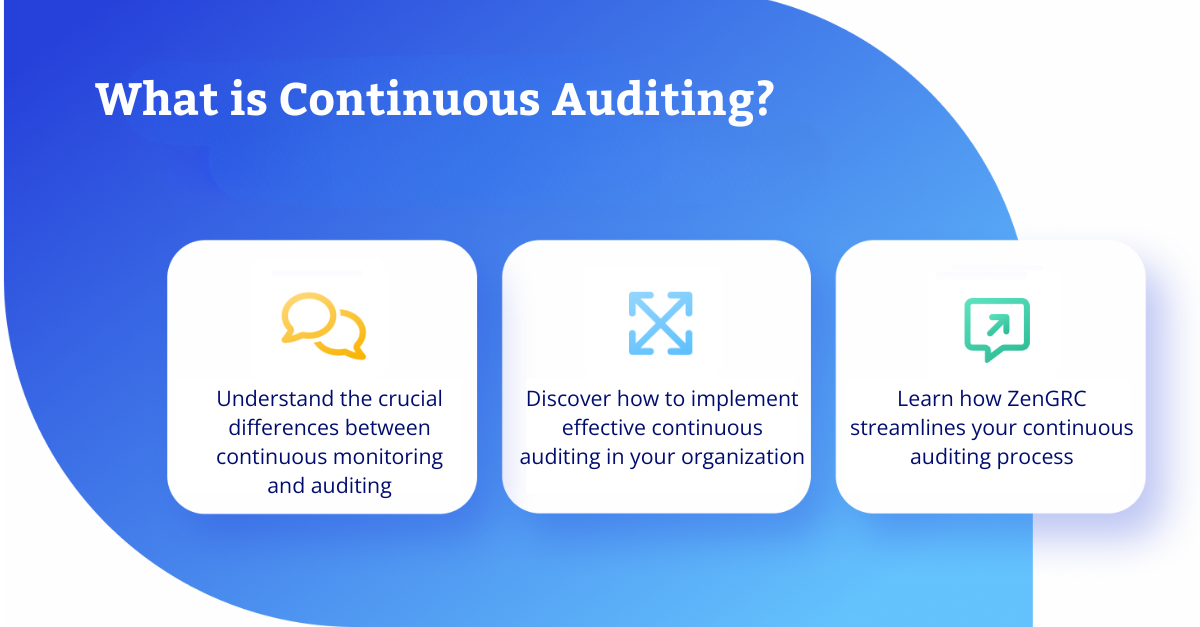
Tags: Audit Management
September 24, 2024
Business Continuity Risk: How to Plan for Threats
In an increasingly complex and interconnected world, businesses face a myriad of risks that can disrupt their operations. From natural disasters to cyber-attacks, the potential threats are numerous and varied. Understanding and planning for these risks is not just a matter of safeguarding assets; it’s about ensuring the very survival of the business. This blog explores the multifaceted […]
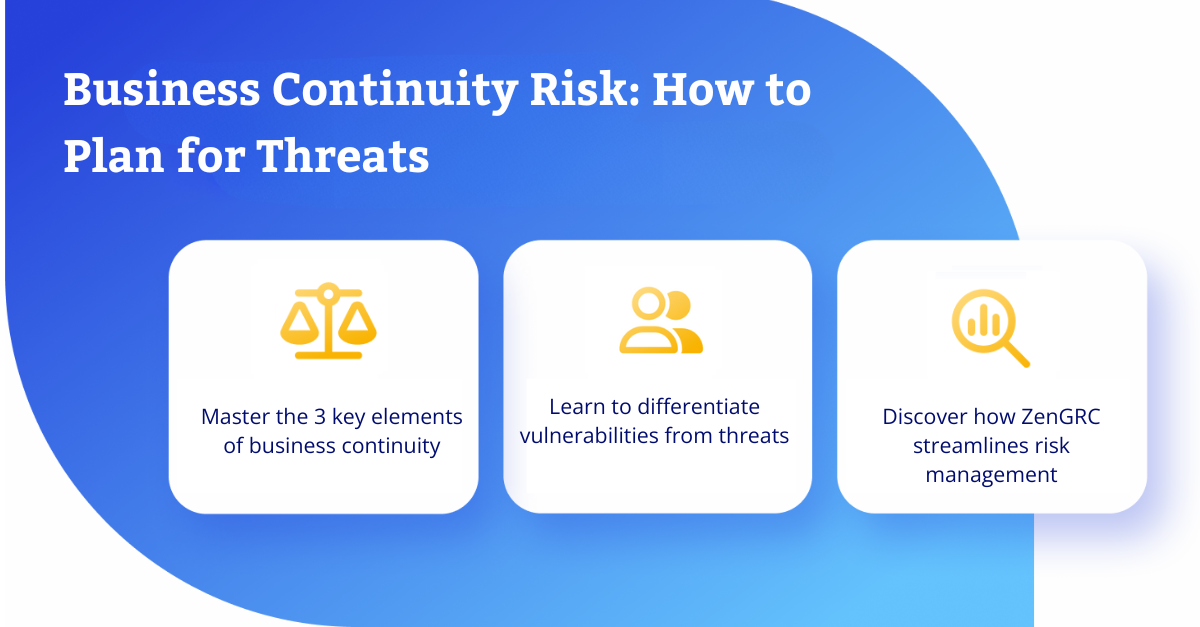
Tags: Risk Management
NIST Cyber Risk Scoring
NIST Cyber Risk Scoring Key Takeaway: NIST Cyber Risk Scoring provides a structured, data-driven methodology for assessing and managing cybersecurity risks using quantitative metrics, tier-based maturity levels, and standardized frameworks to prioritize security controls and improve organizational security posture. Quick Navigation Key Terms Risk Scoring: A structured methodology for evaluating and quantifying risk levels using […]
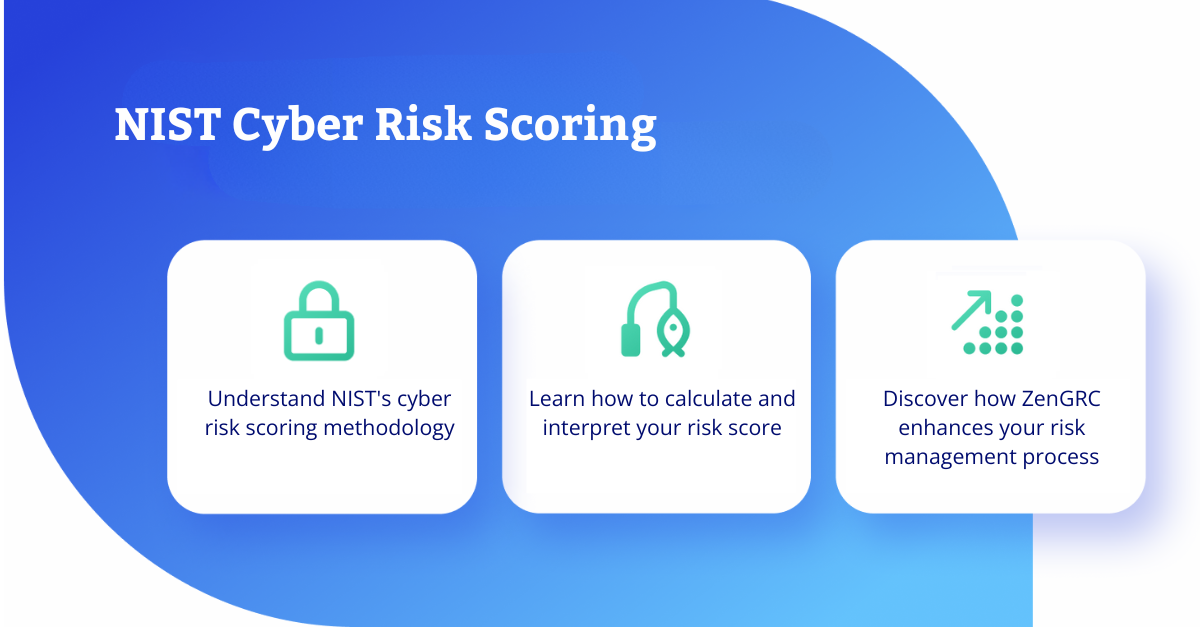
Tags: NIST
How to Choose a Compliance Management Tool
Effective corporate compliance is an increasingly urgent issue for businesses. More regulations continue to increase across the landscape, and compliance obligations are becoming more complex. The need for an effective compliance management tool to help Chief Information Security Officers (CISOs) and senior management meet those ever-expanding compliance requirements has never been greater. A manual approach to tracking […]
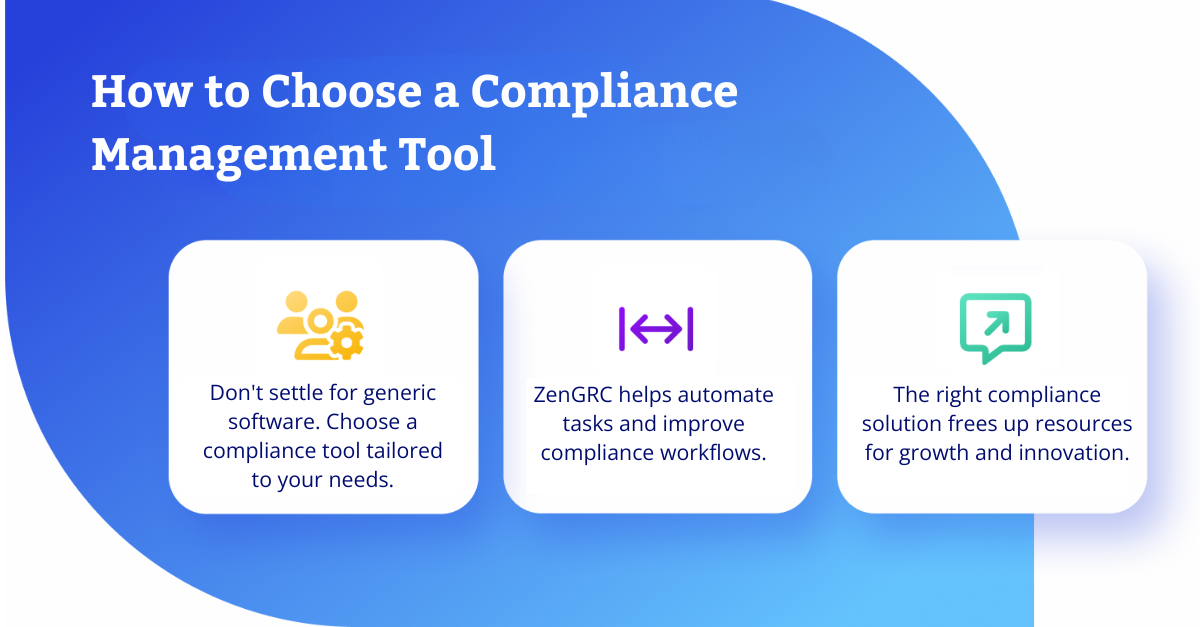
Tags: NIST
3 Levels of FISMA Compliance: Low Moderate High
The United States enacted the Federal Information Security Management Act (FISMA) in 2002 as part of the E-Government Act of 2002 to enhance the administration of electronic government services and operations and has since been amended by the Federal Information Security Modernization Act of 2014 (FISMA 2014). This law requires federal agencies to develop, implement, […]
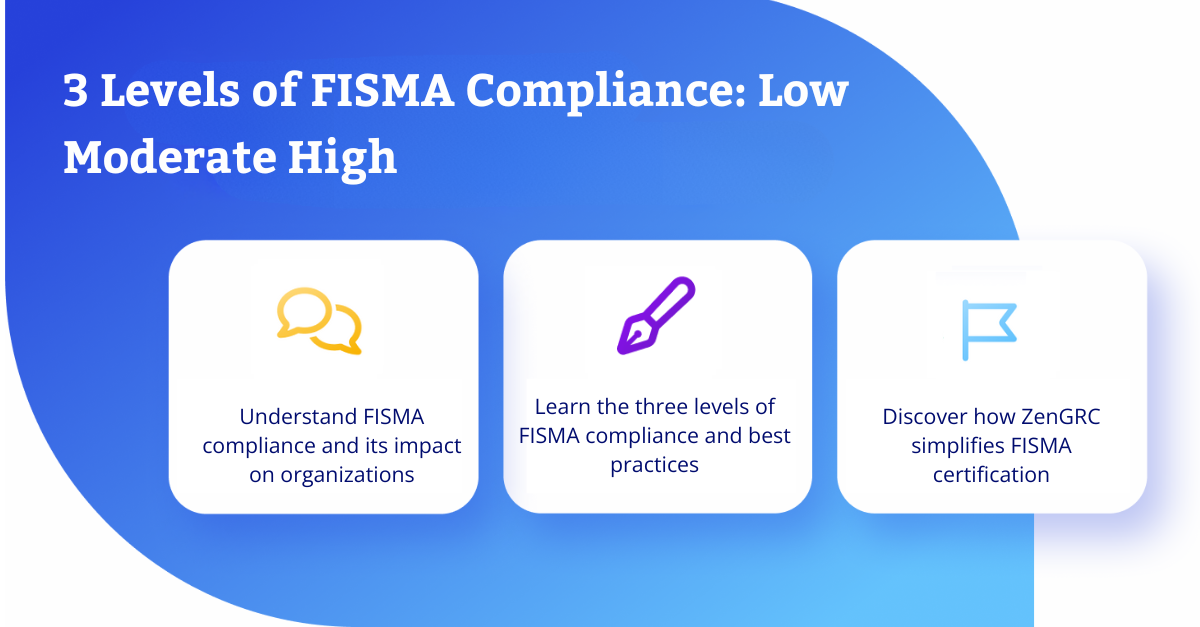
Common Risk Management Strategies: Risk Avoidance vs. Risk Mitigation
If companies operated in a utopia, they could easily keep costs low, prevent fraud, avoid geopolitical tensions, and sidestep cyberattacks. Their processes, systems, and people would never fail, and they would never struggle to fulfill their financial obligations or achieve their strategic objectives. Natural disasters would not adversely impact them, and neither would regulatory changes. […]
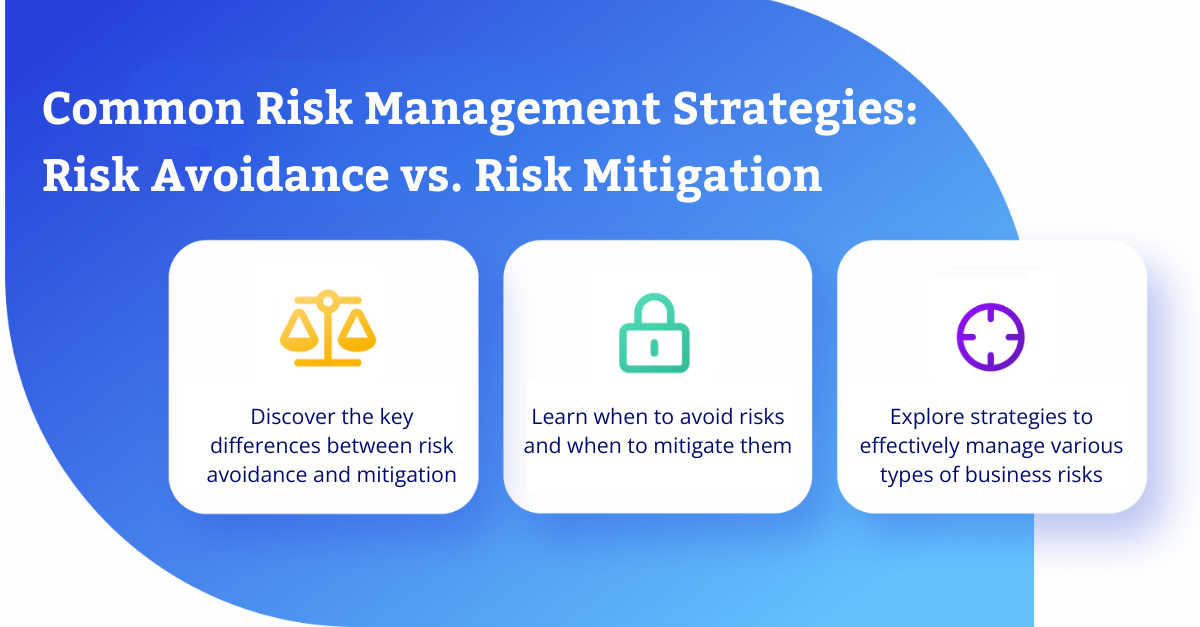
Tags: Risk Management
How to Create a Compliance Risk Assessment Template
How to Create a Compliance Risk Assessment Template Regulators around the world are getting stricter about data privacy, financial conduct, and operational integrity. Whether it’s GDPR or industry-driven standards, consistent, formal compliance risk assessments are now a baseline requirement. The smartest organizations are building risk assessment templates that expose gaps, assign accountability, and withstand regulatory […]
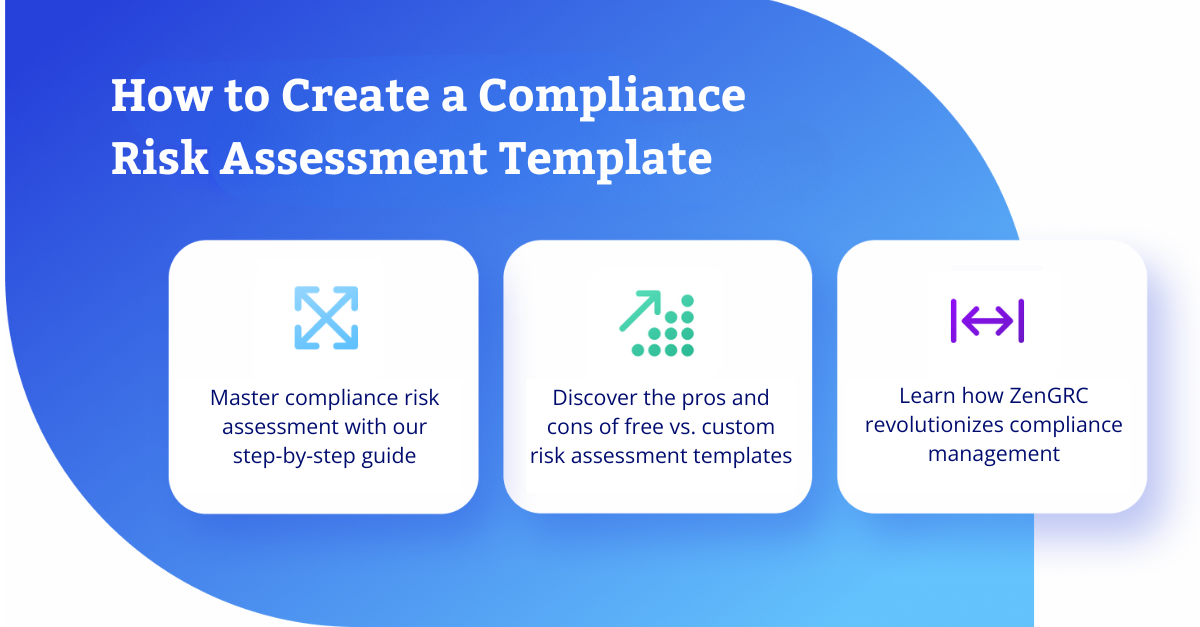
Tags: Risk Management
September 23, 2024
5 Common Risks Involved in Mergers and Acquisitions
The total global value of corporate mergers and acquisitions (M&A) reached $5.9 trillion in 2021. For 2022, the figure is expected to reach $4.7 trillion. This would make 2022 the second-best year on record for the M&A market after 2021. Clearly, robust M&A opportunities exist for companies looking to stimulate growth, increase market share, and influence supply […]
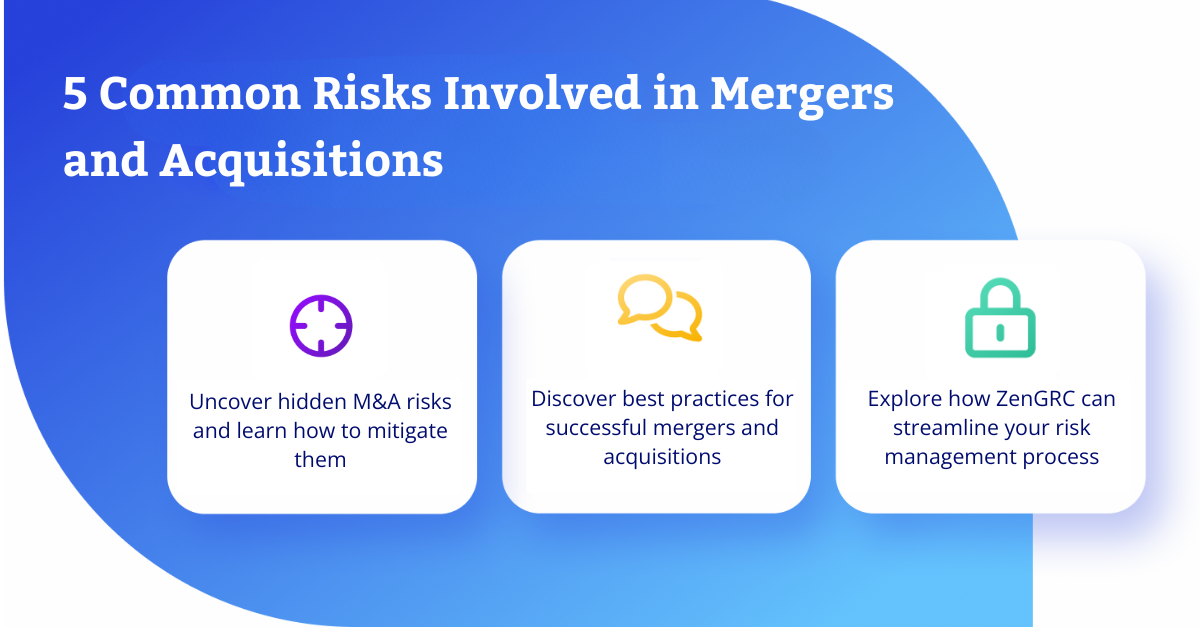
Tags: Risk Management
September 22, 2024
Identifying Your Risk Universe
A risk assessment is a crucial first step to develop your company’s risk management program. The assessment process itself begins with identifying all potential risks; determining your “risk universe” is a simple and effective way of defining and categorizing these key risks. A risk universe consists of every risk that could affect your organization, on every […]
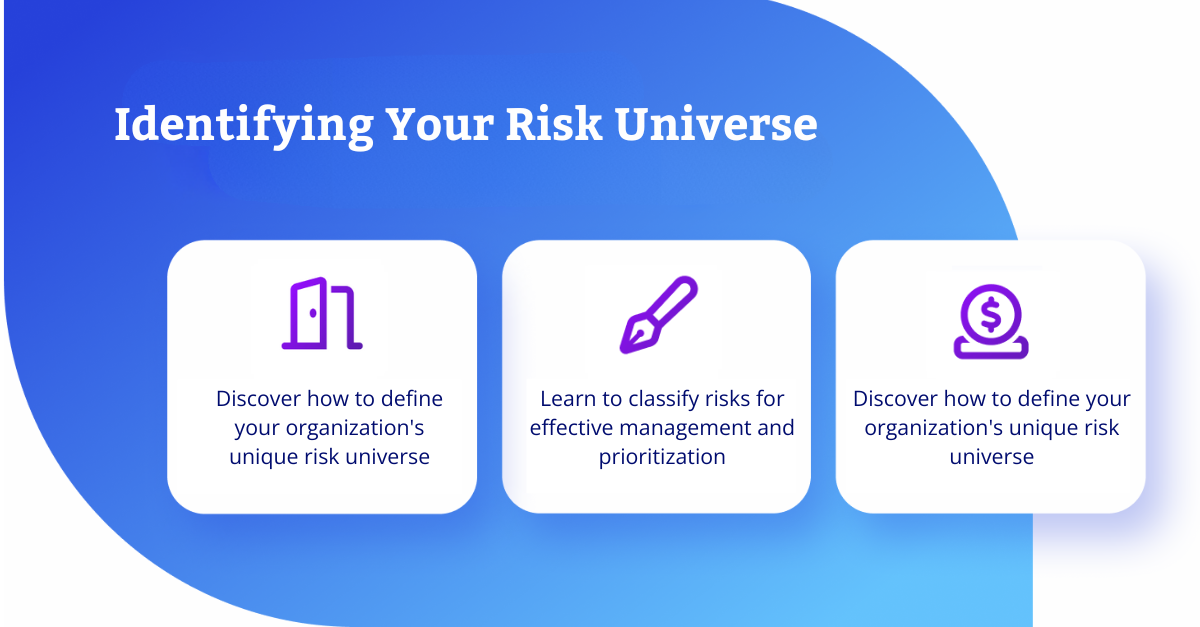
Tags: Risk Management
Traditional Supply Chain vs. Digital Supply Chain
A supply chain is the ecosystem of processes, systems, and entities that work together to transform an idea into a final product and customer-ready offering. That lifecycle consists of multiple moving parts. As global supply chain complexity increases, organizations in every industry require robust and reliable supply chain management (SCM) tools, processes, and people. Coordination […]
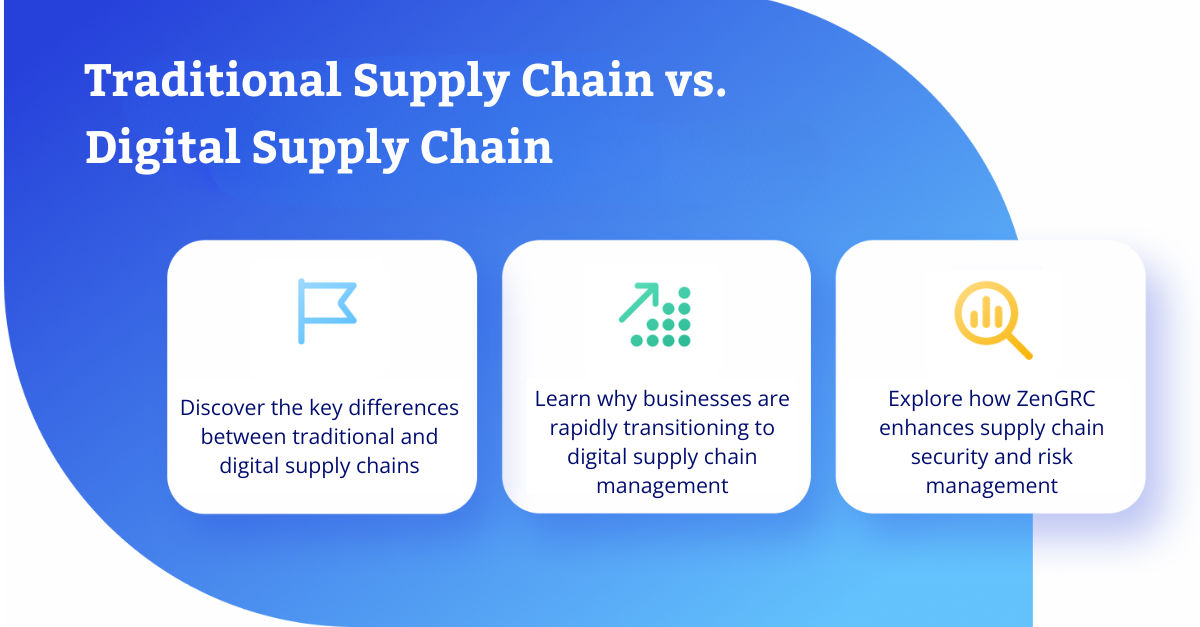
Page 6 of 152
